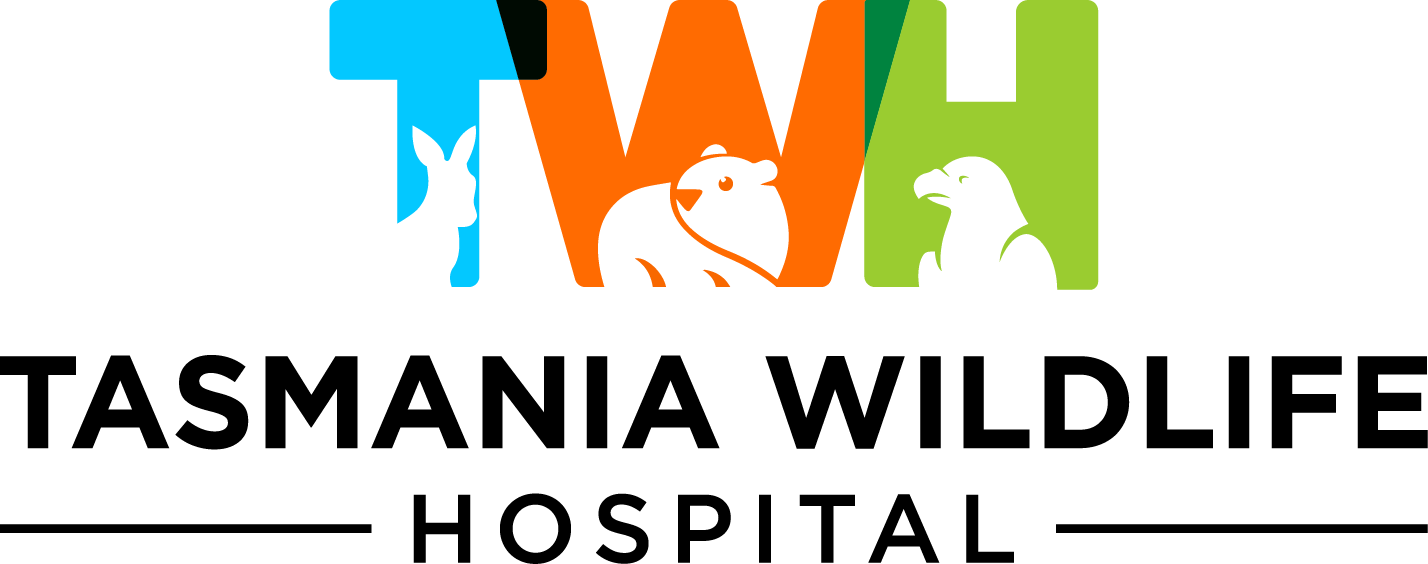Our Hospital Welcomes a Head Wildlife Vet
The Tasmania Wildlife Hospital is pleased to announce the addition of a new team member, Katherine Adriaanse, who has joined our organisation as Head Wildlife Veterinarian this week.
Kath brings to our hospital extensive experience as a wildlife veterinarian, having practiced in wildlife care and conservation for over nine years. Her most recent role at the Australian Wildlife Health Centre, Healesville Sanctuary, involved veterinary care for free-ranging wildlife and sanctuary animals, including anaesthesia, radiology, surgery, ultrasonography, endoscopy, and clinical pathology.
She played a vital role in the veterinary management of breeding programs for the Orange-bellied parrot and Helmeted Honeyeater and was responsible for overseeing the sanctuary's nutrition program. Her work also involved participation in emergency wildlife responses and fieldwork for conservation research.
She has worked extensively in the field of avian medicine and rehabilitation, especially the triage, treatment and surgery of trauma cases. This includes significant experience with Australian raptor species, and she has recently been involved in the development of a world class raptor rehabilitation facility at Healesville Sanctuary.
Before her time at Healesville Sanctuary, Katherine occupied several wildlife veterinary roles across Australia including Melbourne Zoo and Alice Springs Desert Park. Katherine’s responsibilities included clinical wildlife triage, treatment, and support, along with the development of enrichment and nutritional programs. She also managed biosecurity risks, initiated preventative health programs, conducted necropsy investigations, developed hospital protocols, and participated in fieldwork research programs
Kath's career is defined by her passion for the welfare and conservation of Australia’s native wildlife, both in clinical settings and through field research and the Tasmania Wildlife Hospital is thrilled to welcome Kath to our team.
This year, our wildlife hospital's caseload has surged by over 300 percent, highlighting the critical need for dedicated wildlife veterinary resources in our region. Better outcomes for our region's sick and injured wildlife can also hinge on early triage, assessment, and treatment as well as minimising the stress associated with travel for more specialised care.
Katherine's expertise will be invaluable in helping care for the increasing number of injured, sick, and vulnerable native wildlife that are supported by our regional Hospital.
The Tasmania Wildlife Hospital wishes to thank the Forth Valley Vet Clinic for seed funding this much needed support. Without their commitment our wildlife hospital and resources would not be possible.

